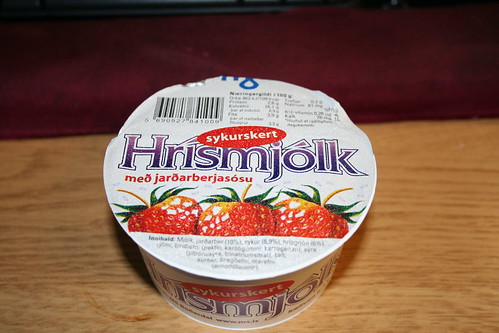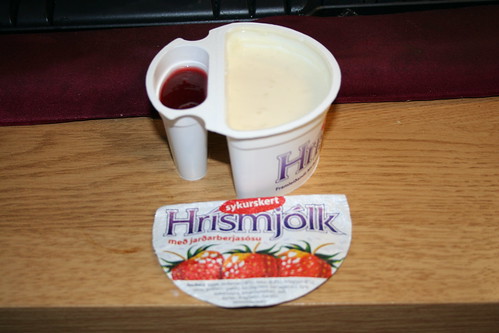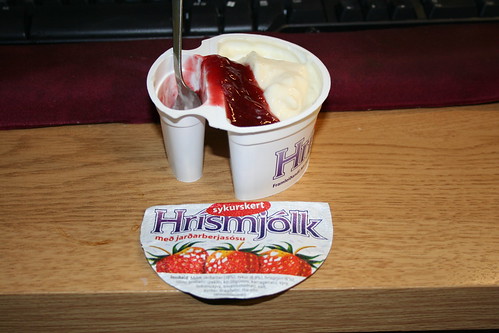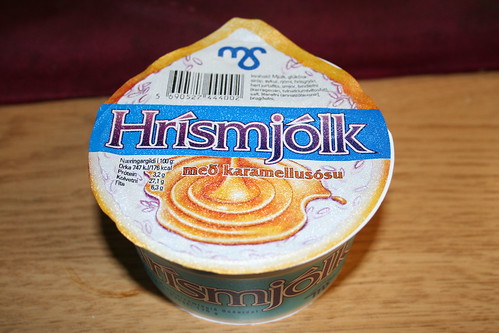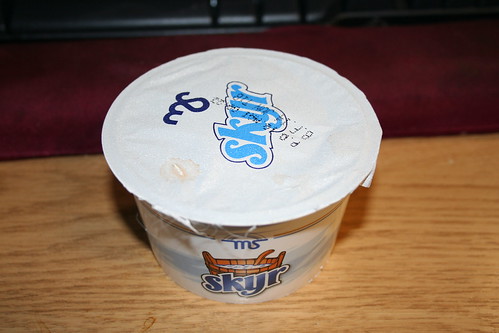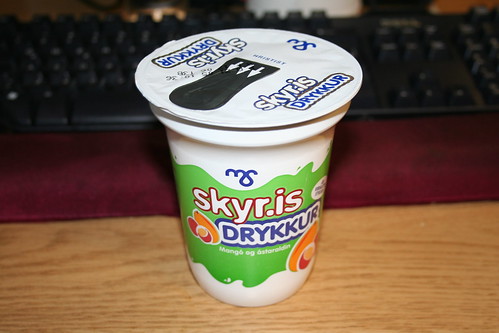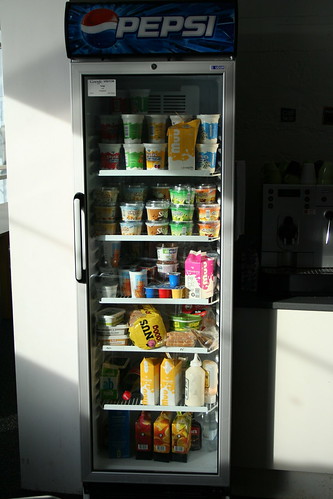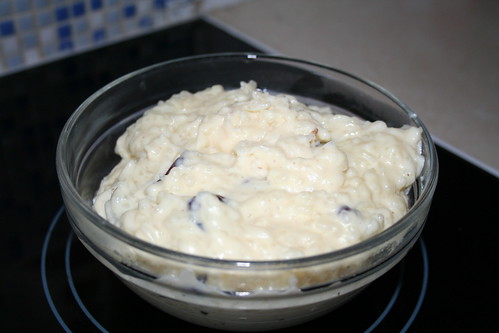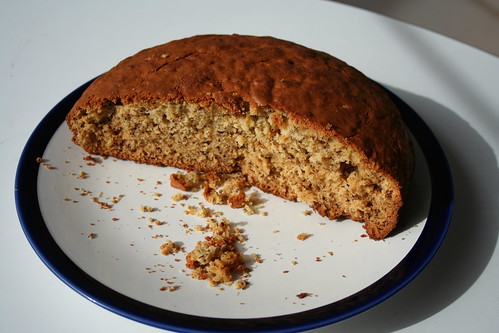topmudsites.com: A Realm Continuum
Link: A Realm Continuum
I stumbled across this old thread created by Raewyn on Top Mud Sites Forums. There have been more recent threads on logging everything elsewhere, but Kavir came up with a particularly interesting idea which would be interesting to prototype. Namely treating the game as a simulation which can be rolled back, replayed and so forth via the log.
Raewyn: [link]
Given today's current technology, would it be within tangible reach to create an in-game logging system that could record essentially everything that is sent through the main program? Player actions, game states, objects, mobiles, gold -- enough information so that if needed, an administrator could set the time and place and be able to "replay" exactly what happened and when, being able to move and view events as a separated third-party.Kavir: [link]
By all purposes, one could "travel back in time" and determine how a bug was exploited, why the government collapsed, or even just follow up on a major player event. Someone could go back to obtain as close to historical accuracy as possible.
Raewyn's comment about being able to travel back in time brings to mind a related idea I've been toying with.
I was recently talking with one of my staff about how best to implement weather, and one of the options discussed was generating it based on the system clock. Not only would this save having to store any information, but it would also allow players to accurately predict the weather.
Extending this idea further, I realised it also meant that players could go back in time to witness freak storms or unusually powerful weather. You could even have the sort of supernatural weather events you sometimes see in movies, with a 'freak time storm' starting up that allowed you to move backwards to the previous such event for the duration of the storm.
If this idea were extended beyond weather, and utilised for everything (from mobs to combat) then you could shift back and forth through time, witnessing the same events repeat themselves in exactly the same way each time - at least, unless you interferred, in which case the entire outcome of the event could change. This would allow for some very cool "Butterfly Effect"-like quests, whereby players could change the past in order to have some affect in the current time period. Alternatively you might prefer to avoid paradoxes by having people move back to an alternative timeline, or only allow them to travel to the future.
For combat, it would also allow for some interesting 'sixth sense' capabilities, allowing players to predict the outcome of a certain combat move, or even an entire fight - rather like the mage in Robert Weinberg's Horizon War trilogy, who spent years studying himself fighting against a particularly deadly warrior in the future, memorising every slight move and constantly tweaking the outcome, so that when he finally fought her he was able to respond perfectly to her every attack.
Obviously this doesn't help much from an OOC perspective (catching bugs and the like), but it could provide some excellent IC opportunities for players.



